15 Types of Camera Shots & Angles (with Pictures)
Last Updated on
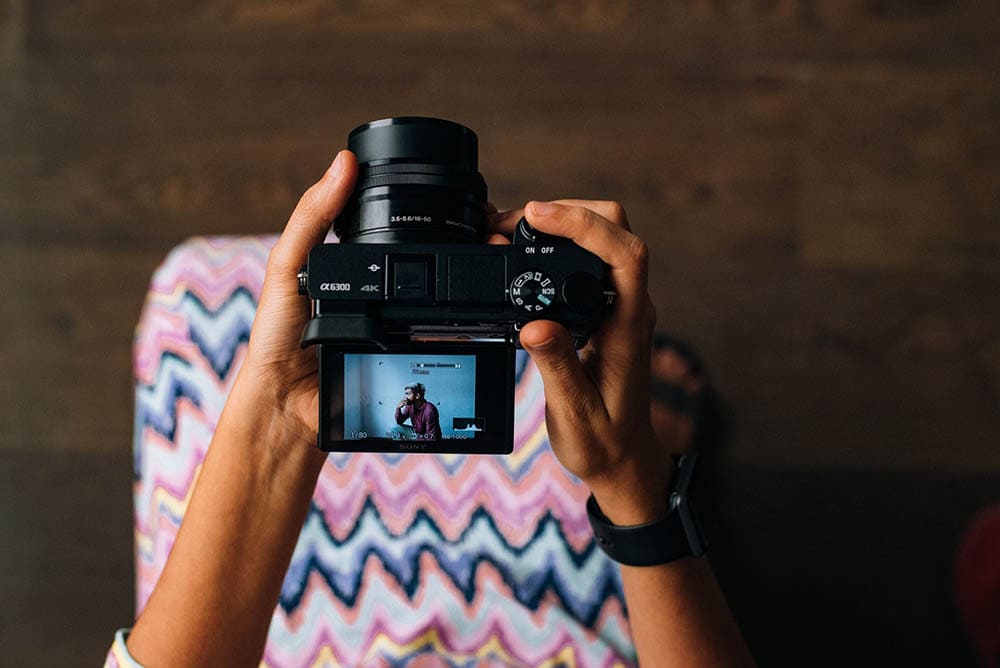
Whether you are interested in making your own films or just want a better understanding of what professional filmmakers are doing, you have come to the right place. While there are dozens of camera shots and angles that a filmmaker can use, it all starts with the basics.
Furthermore, many advanced shots and angles that filmmakers use simply involve combining basic ones.

The Top 15 Types of Camera Shots and Angles
1. Close-Up

| Best for: | Capturing minute details |
| What it misses: | Everything else in the scene |
If you are looking to highlight a specific object or person, a close-up is a great choice. It highlights the finer details of a subject and draws the audience to a specific part.
A close-up shot of a person usually only shows their face and perhaps part of their shoulders. However, it shows all of a person’s face, not just a portion of it. While a close-up does a great job of highlighting a specific person or thing, it prevents you from getting any further context or see what’s going on around them.
2. Medium Shot

| Best for: | Dialogue scenes, showing body language, and giving context where a subject is at |
| What it misses: | Finer details of a subject or seeing large scenes |
The medium shot, also known as the waist shot or the sweet-spot shot, is one of the most popular shots in the film and photography industry. It shows a person or people from the waist up, making it a great choice during dialogue scenes.
Not only can it capture each person in the scene, but it also does a great job highlighting body language throughout the interaction. However, if you’re looking for finer details or need to capture a larger area, it might not be the right shot.
3. Long Shot
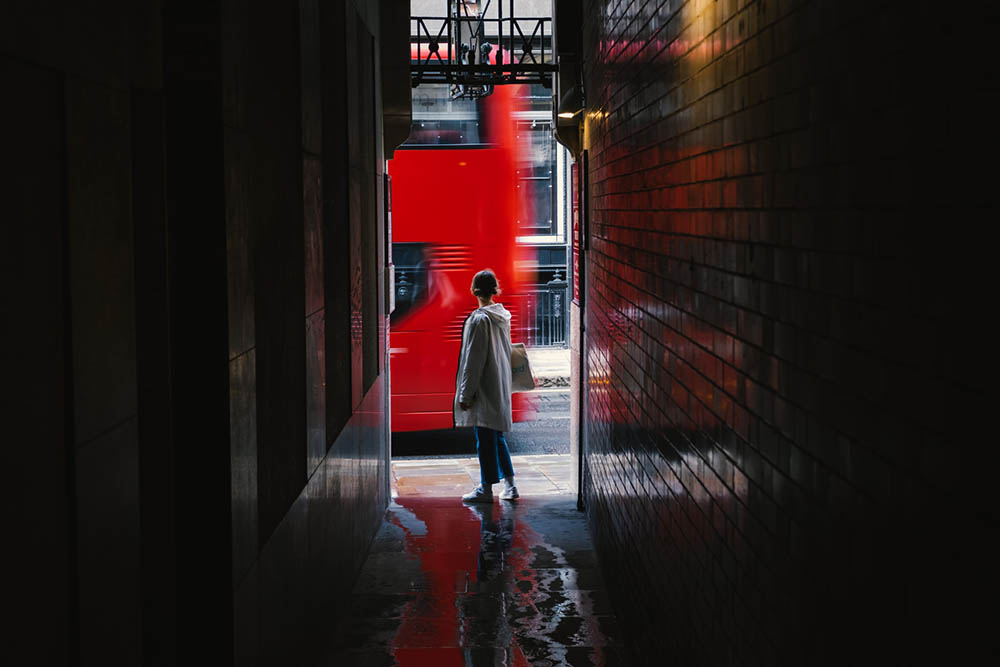
| Best for: | Capturing large areas, landscape scenes, dramatic scenes |
| What it misses: | Finer details and connectedness to characters |
If you’re going farther out, you’re getting a long shot. Filmmakers often use long shots to capture a person in a landscape and highlight how they fit there.
Long shots do a great job of creating a dramatic scene. However, they do miss finer details and can leave the viewer feeling disconnected from the characters or scene.
4. Extreme Close-Up
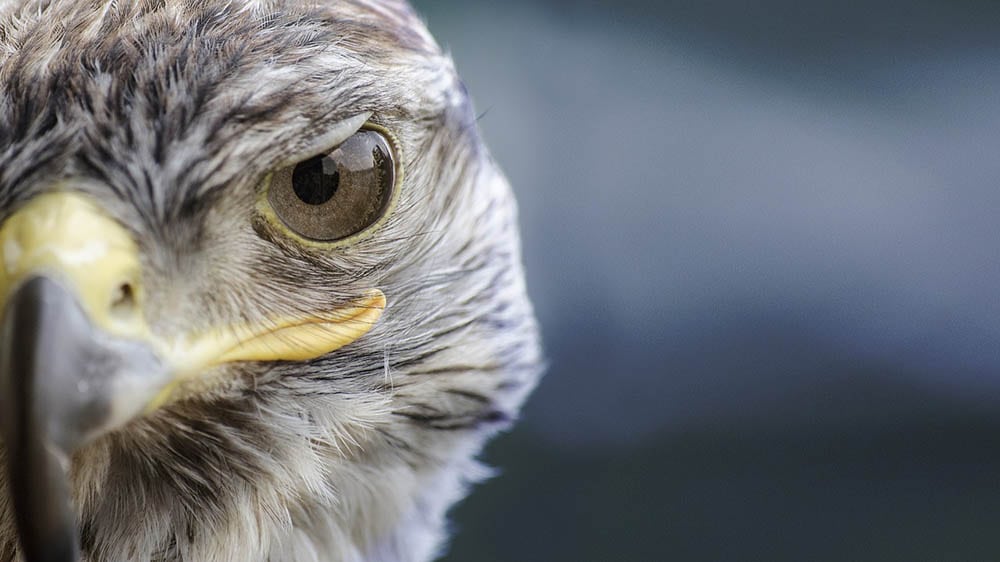
| Best for: | Capturing extremely fine details |
| What it misses: | Context and everything else in the scene |
Extreme close-up shots are the closest shots to a subject that you’ll get in filmmaking. You may not even see the entirety of the subject. It might be a shot highlighting just someone’s hand, a portion of their face, or part of an object.
Extreme close-ups work to highlight fine details, and they can help portray a specific theme or event that the filmmaker wants you to notice. However, extreme close-ups miss just about everything else, so the filmmaker needs to build up the context for the shot beforehand.
5. Extreme Long Shot
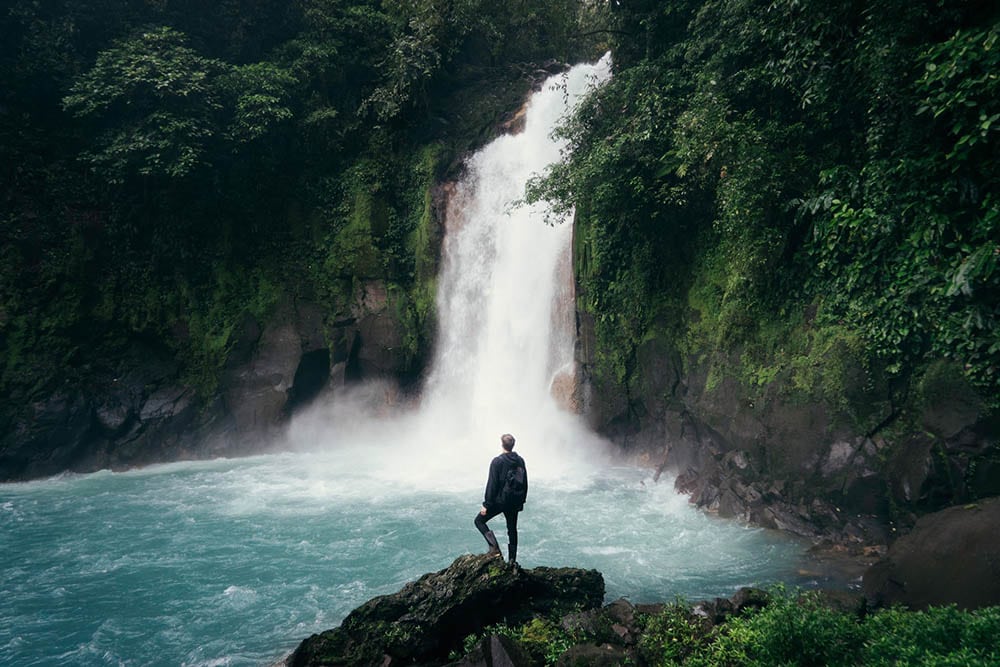
| Best for | Setting a scene and letting you know where something is happening |
| What it misses | Keeping small objects, like people, in focus |
Extreme long shots take long shots a step farther. They often don’t even keep the person or people in focus. These shots are all about highlighting the landscape, not the people or items within it.
They miss almost all the fine details of the people or objects, but they do a great job of putting everything into perspective and informing the audience where something is happening.
6. High-Angle
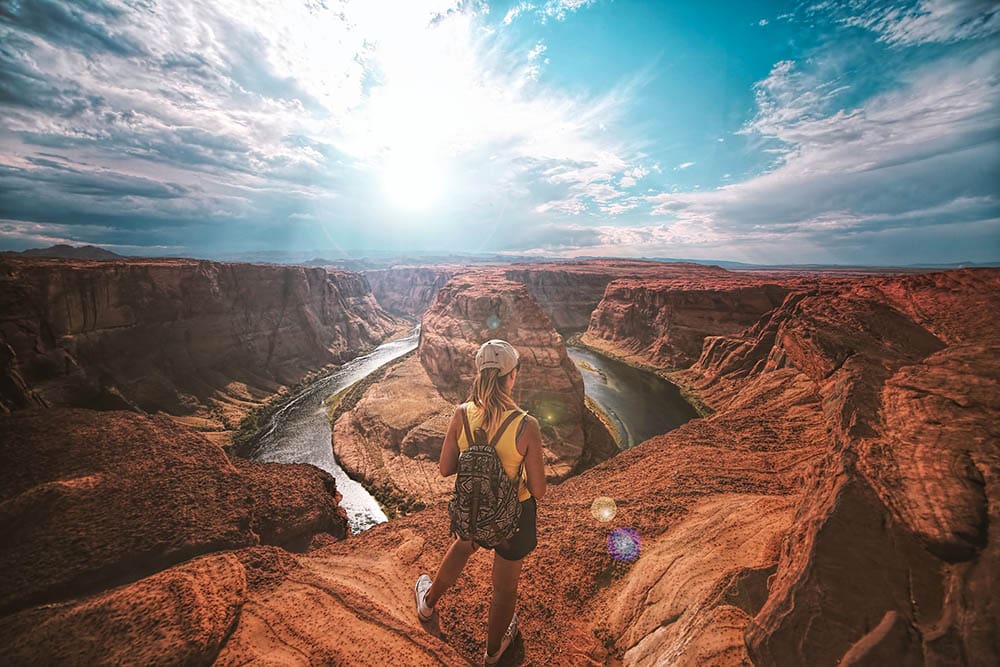
| Best for | Making the subject feel powerless or insignificant |
| What it misses | Connecting the audience to the subject |
A high-angle shot is a top-down view of a person or item, and it excels at providing a different angle and making the subject feel out of control or small.
Therefore, they have limited uses; if they’re used too often, they can lead to a loss of connection from the viewer to the subject.
7. Low-Angle
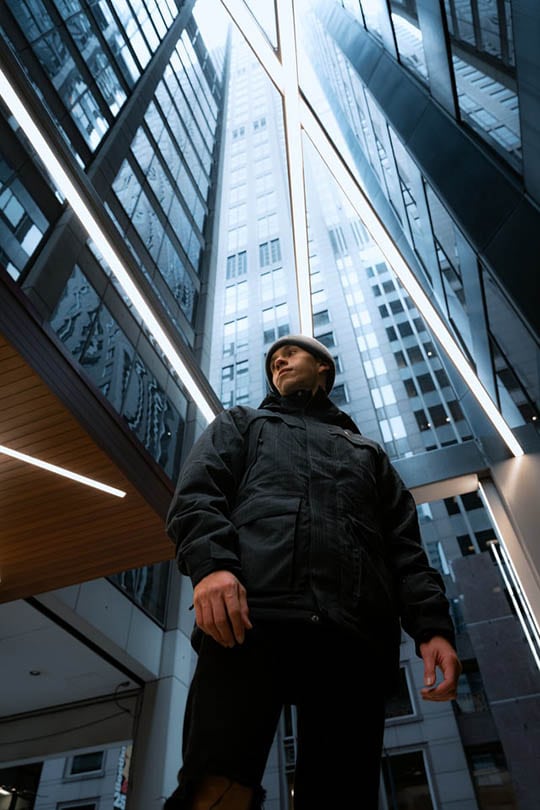
| Best for: | Making the subject look powerful or making something look bigger than it is |
| What it misses: | Making something look small or capturing a neutral scene |
A low-angle shot is when the filmmaker positions the camera below the eye line of a subject and has it looking up at them. This makes the item look bigger than it really is, and it can make them look more powerful too.
It can also portray emotion to a character effectively, and it can make them feel more vulnerable if they’re displaying emotion.
8. Bird’s Eye
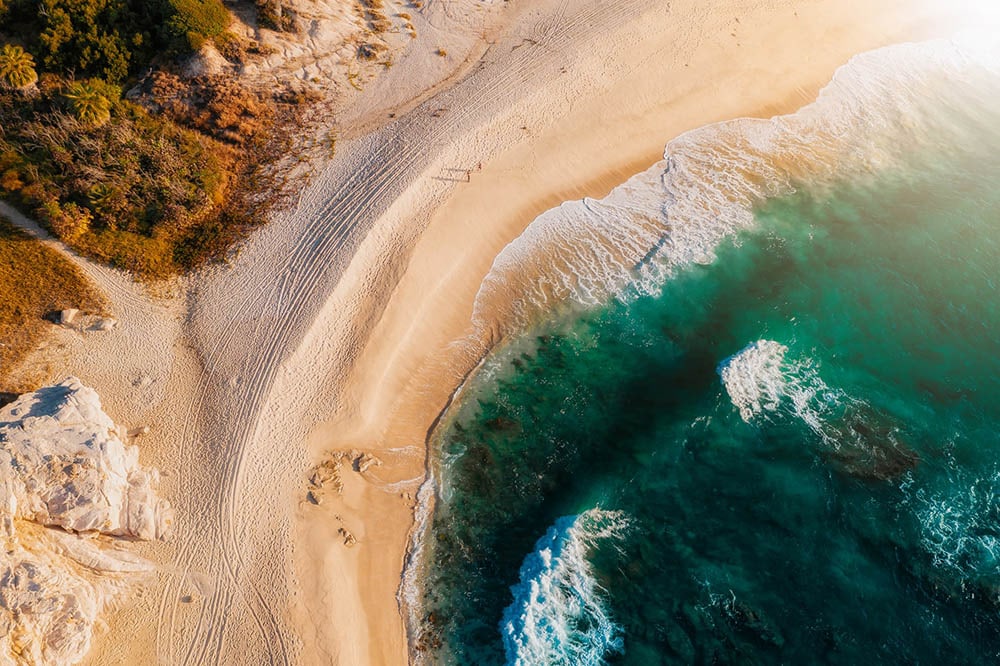
| Best for: | Providing context to a scene |
| What it misses: | Portraying events with characters |
A bird’s eye shot, or an aerial shot, is just what it sounds like: a camera angle pointing directly down from up above. Typically, drones take these shots. They do a great job of providing context to where a character or object is at, but they struggle to portray smaller events that are happening.
9. Over the Shoulder
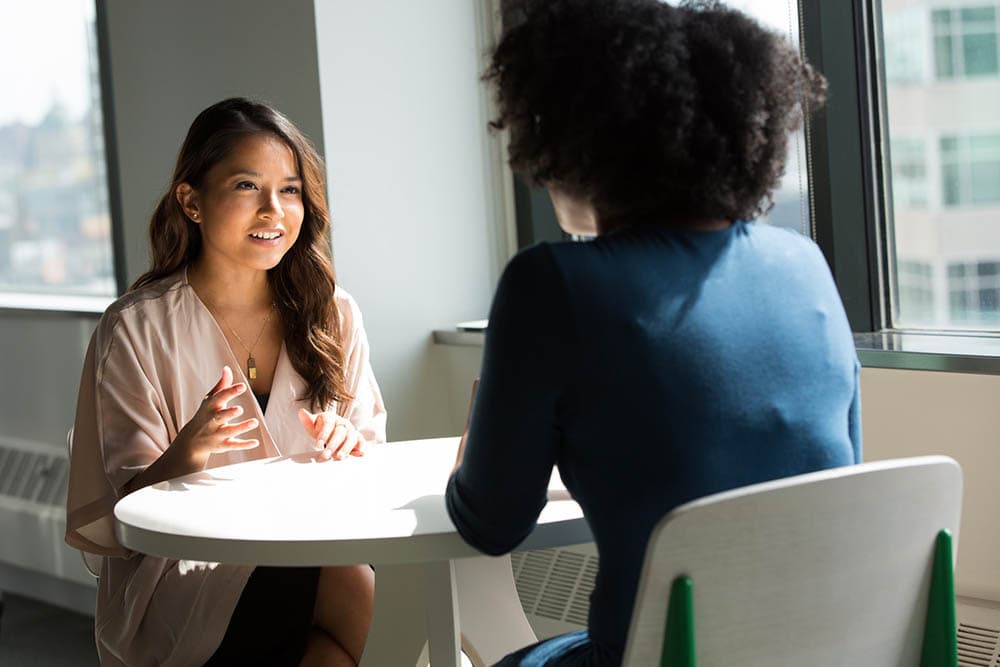
| Best for: | In conversation |
| What it misses: | The subject whose shoulder is used |
If you’re watching a show with multiple characters in conversation, there’s a good chance that the filmmaker uses an over-the-shoulder shot at some point. It does a great job of portraying what one character sees while talking to another, making the viewer feel connected to the scene.
However, it does completely cut out the view of the other subject in the shot.
10. Dutch Angle/Tilt

| Best for: | Conveying emotions or causing disorientation |
| What it misses: | Not ideal for long term use because it can disorient the audience |
Any time that a filmmaker doesn’t film a subject with a straight-on shot and decides to tilt the camera, they’re using a Dutch angle, or a tilt shot. It’s a complete stylistic choice by the filmmaker, but they can use it to convey a wide array of emotions or disorient the audience.
However, since it does cause disorientation, it’s not an excellent choice for long-term use.
11. Full Shot

| Best for: | Capturing multiple characters or the movement of a character |
| What it misses: | Finer details of a single character |
A full shot is essentially a hybrid between a medium shot and a long shot. It doesn’t capture as much going on above the subject but covers a larger area around it. This makes it easier to capture multiple characters in a single shot or to follow the movement of a character throughout a scene.
12. Medium-Wide Shot
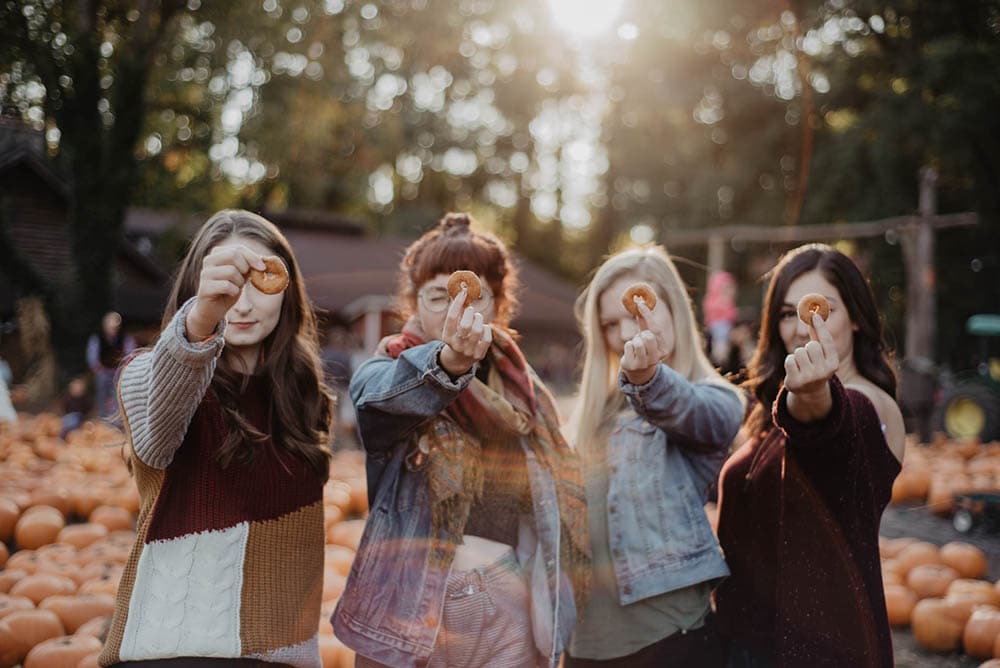
| Best for: | Connecting to multiple characters |
| What it misses: | More of the scene around the characters |
The medium-wide shot is a cross between a full shot and a medium shot. It captures a longer width throughout the shot so you can see multiple characters, but it only captures them from the knees up.
This lets the viewer get a better view of the characters, but it does cut out some of the scene around them.
13. Cowboy Shot
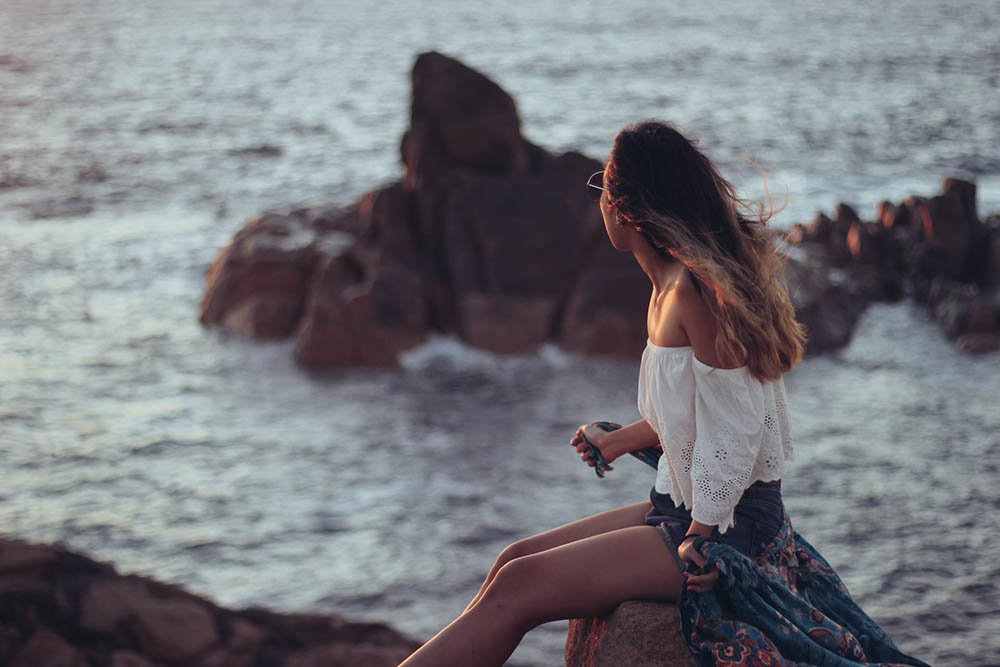
| Best for: | Highlighting specific characters in a dramatic scene |
| What it misses: | Context around a scene |
The cowboy shot has that name simply because it is one of the most common camera scenes used in westerns. It allows the filmmaker to capture the cowboy’s gun and holster, since it starts the scene from the mid-thigh level.
It’s a great way to highlight characters in a dramatic way, but it does miss a little of the surrounding context if the filmmaker doesn’t build it up beforehand.
14. Medium Close-Up Shot

| Best for: | Highlighting a character or object with a little context |
| What it misses: | A connection to the subject and more context |
The medium close-up shot is a cross between a medium shot and a close-up. When filming a person, it usually covers them from about their chest up. This lets you get a firm grasp on their facial expressions, but it does allow you to miss some of their body language.
This combination lets you grasp finer details, but it can lead to a loss of connection with the subject, and it doesn’t give you the full context of everything that is going on around them.
15. Point-of-View Shot

| Best for: | Establishing what a character sees |
| What it misses: | Context around a character and what they can’t see |
If a filmmaker is trying to put you in the shoes of a subject, one of the most effective ways that they can do this is through a point-of-view shot. It shows you exactly what the subject sees, and it makes it easy for the audience to connect to the situation.
However, if it’s used too often, it can disorient the viewer, making it hard to connect to the subject whose view you’re using, since it feels like the viewer is the subject.

Conclusion
Filmmaking all comes down to angles and shots, and once you understand the basics, you can build on them and combine them to create different cinematic masterpieces.
Even if you aren’t looking to create your own films, now you have a better understanding of working with a camera and what different filmmakers do to create the effects that you see on screen!
Featured Image Credit: Prasanna Kumar, Unsplash
Table of Contents
About the Author Robert Sparks
Robert’s obsession with all things optical started early in life, when his optician father would bring home prototypes for Robert to play with. Nowadays, Robert is dedicated to helping others find the right optics for their needs. His hobbies include astronomy, astrophysics, and model building. Originally from Newark, NJ, he resides in Santa Fe, New Mexico, where the nighttime skies are filled with glittering stars.
Related Articles:
Monocular vs Telescope: Differences Explained (With Pictures)
How to Clean a Refractor Telescope: Step-by-Step Guide
How to Clean a Telescope Eyepiece: Step-by-Step Guide
How to Clean a Rifle Scope: 8 Expert Tips
What Is a Monocular Used For? 8 Common Functions
How to Clean a Telescope Mirror: 8 Expert Tips
Brightfield vs Phase Contrast Microscopy: The Differences Explained
SkyCamHD Drone Review: Pros, Cons, FAQ, & Verdict
